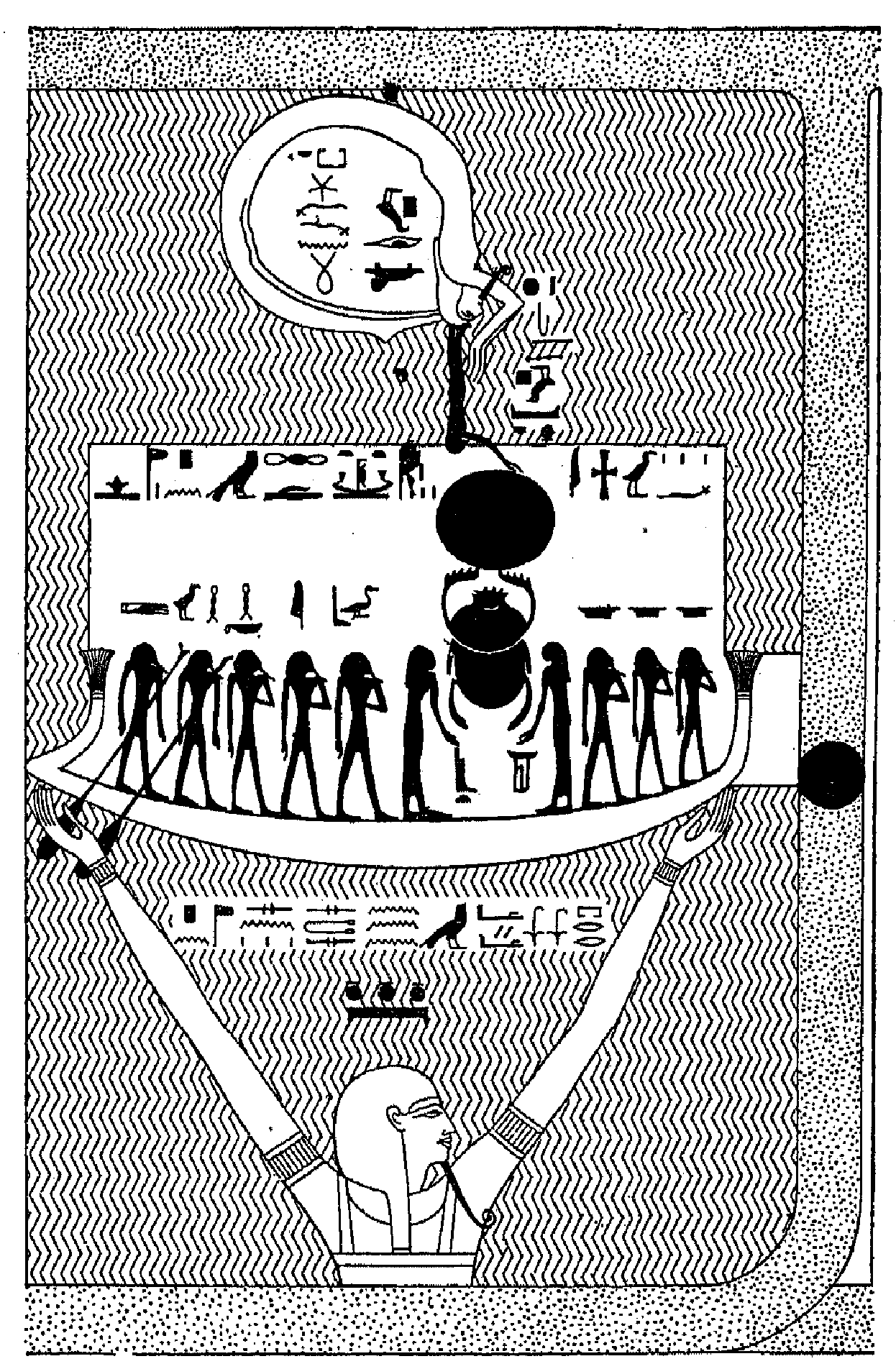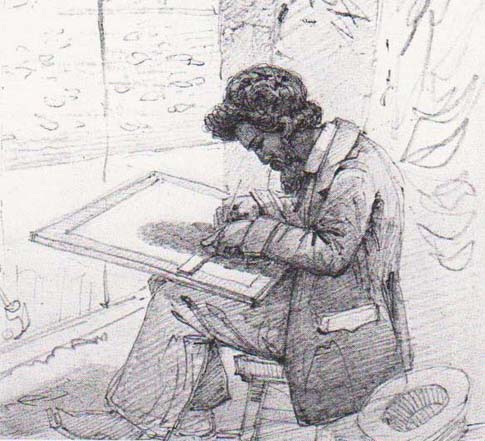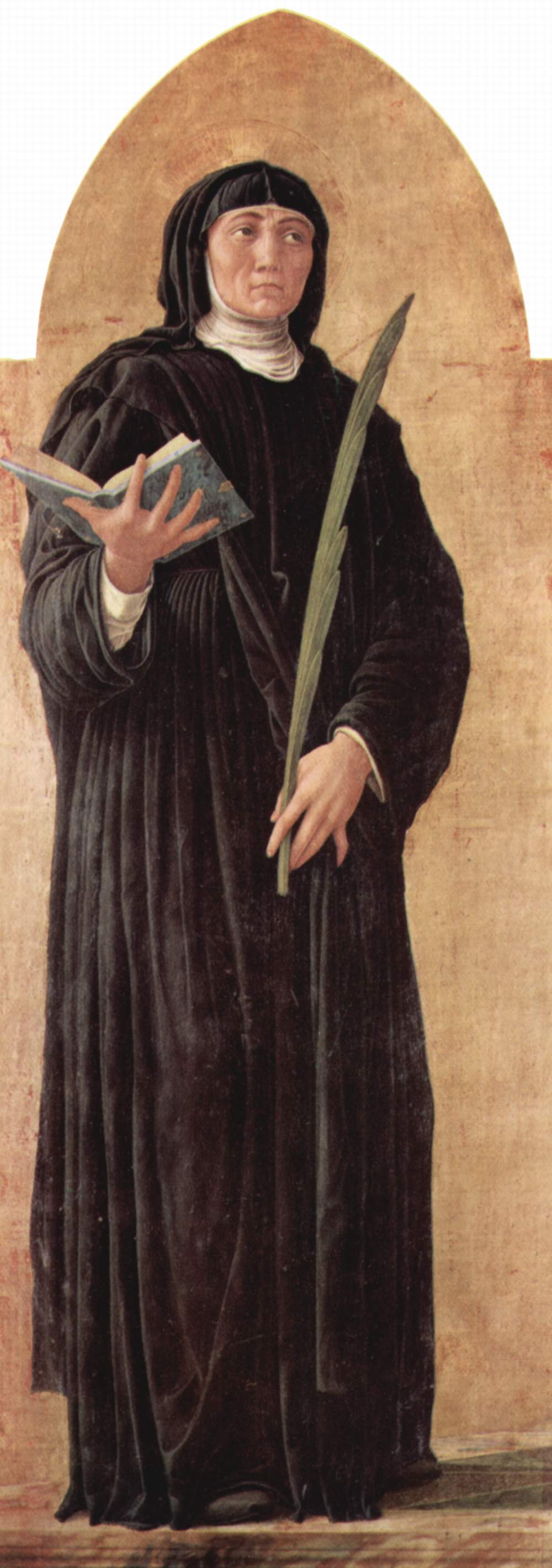|
E.A. Wallis Budge
Sir Ernest Alfred Thompson Wallis Budge (27 July 185723 November 1934) was an English Egyptologist, Orientalist, and philologist who worked for the British Museum and published numerous works on the ancient Near East. He made numerous trips to Egypt and the Sudan on behalf of the British Museum to buy antiquities, and helped it build its collection of cuneiform tablets, manuscripts, and papyri. He published many books on Egyptology, helping to bring the findings to larger audiences. In 1920, he was knighted for his service to Egyptology and the British Museum. Earlier life E. A. Wallis Budge was born in 1857 in Bodmin, Cornwall, to Mary Ann Budge, a young woman whose father was a waiter in a Bodmin hotel. Budge's father has never been identified. Budge left Cornwall as a boy, and eventually came to live with his maternal aunt and grandmother in London. Budge became interested in languages before he was ten years old, but left school at the age of twelve in 1869 to work as a ... [...More Info...] [...Related Items...] OR: [Wikipedia] [Google] [Baidu] |
Bodmin
Bodmin () is a town and civil parish in Cornwall, England, United Kingdom. It is situated south-west of Bodmin Moor. The extent of the civil parish corresponds fairly closely to that of the town so is mostly urban in character. It is bordered to the east by Cardinham parish, to the southeast by Lanhydrock parish, to the southwest and west by Lanivet parish, and to the north by Helland parish. Bodmin had a population of 14,736 as of the 2011 Census. It was formerly the county town of Cornwall until the Crown Courts moved to Truro which is also the administrative centre (before 1835 the county town was Launceston). Bodmin was in the administrative North Cornwall District until local government reorganisation in 2009 abolished the District (''see also Cornwall Council''). The town is part of the North Cornwall parliamentary constituency, which is represented by Scott Mann MP. Bodmin Town Council is made up of sixteen councillors who are elected to serve a term of four years. ... [...More Info...] [...Related Items...] OR: [Wikipedia] [Google] [Baidu] |
Austen Henry Layard
Sir Austen Henry Layard (; 5 March 18175 July 1894) was an English Assyriologist, traveller, cuneiformist, art historian, draughtsman, collector, politician and diplomat. He was born to a mostly English family in Paris and largely raised in Italy. He is best known as the excavator of Nimrud and of Nineveh, where he uncovered a large proportion of the Assyrian palace reliefs known, and in 1851 the library of Ashurbanipal. Most of his finds are now in the British Museum. He made a large amount of money from his best-selling accounts of his excavations. He had a political career between 1852, when he was elected as a Member of Parliament, and 1869, holding various junior ministerial positions. He was then made ambassador to Madrid, then Constantinople, living much of the time in a palazzo he bought in Venice. During this period he built up a significant collection of paintings, which due to a legal loophole he had as a diplomat, he was able to extricate from Venice and beque ... [...More Info...] [...Related Items...] OR: [Wikipedia] [Google] [Baidu] |
Edward Augustus Bond
Sir Edward Augustus Bond (31 December 18152 January 1898) was an English librarian. Biography Bond was born at Hanwell, London, England, the son of a schoolmaster. He was educated at Merchant Taylors' School, Northwood, and in 1832 obtained a post in the Public Record Office. In 1838, he became an assistant in the manuscript department of the British Museum, where he attracted the notice of his chief, Sir Frederic Madden, a leading paleographer of his day, and in 1852 he was made Egerton librarian. In 1856, he became assistant keeper of manuscripts, and in 1867 was promoted to the post of keeper. His work in reorganising the manuscript department was of lasting value, and to him is due the classified catalogue of manuscripts, and the improved efficiency and punctuality of publication of the department. In 1873, he was appointed principal librarian of the British Museum. Under his supervision, the new buildings of the White Wing were erected, to accommodate prints, drawings, ma ... [...More Info...] [...Related Items...] OR: [Wikipedia] [Google] [Baidu] |
Iraq
Iraq,; ku, عێراق, translit=Êraq officially the Republic of Iraq, '; ku, کۆماری عێراق, translit=Komarî Êraq is a country in Western Asia. It is bordered by Turkey to Iraq–Turkey border, the north, Iran to Iran–Iraq border, the east, the Persian Gulf and Kuwait to the southeast, Saudi Arabia to the south, Jordan to Iraq–Jordan border, the southwest and Syria to Iraq–Syria border, the west. The Capital city, capital and largest city is Baghdad. Iraq is home to diverse ethnic groups including Iraqi Arabs, Kurds, Iraqi Turkmen, Turkmens, Assyrian people, Assyrians, Armenians in Iraq, Armenians, Yazidis, Mandaeans, Iranians in Iraq, Persians and Shabaks, Shabakis with similarly diverse Geography of Iraq, geography and Wildlife of Iraq, wildlife. The vast majority of the country's 44 million residents are Muslims – the notable other faiths are Christianity in Iraq, Christianity, Yazidism, Mandaeism, Yarsanism and Zoroastrianism. The official langu ... [...More Info...] [...Related Items...] OR: [Wikipedia] [Google] [Baidu] |
Peter Le Page Renouf
Sir Peter le Page Renouf (23 August 1822 – 14 October 1897) was a British professor, Egyptologist, and museum director, best known for his translation of '' The Book of the Dead''. Personal life Renouf was born in Guernsey on the Channel Islands on 23 August 1822. He married Ludovica von Brentano, member of a well-known German literary family in 1857. He died in London on 14 October 1897. Education Renouf was educated at Elizabeth College, Guernsey. He matriculated at Pembroke College, Oxford in 1840. He became a Roman Catholic, under the influence of John Henry Newman, and left without taking a degree since he was unable to subscribe to the Thirty Nine Articles, as required in those days.''The Letters of Peter le Page Renouf (1822–1897)'', edited by Kevin J. Cathcart, 4 vols. (University College Dublin Press, 2002-2004), reviewed by Patricia Usick (British Museum), retrieved 25 May 200/ref> Religious background Like many other Anglicanism, Anglican converts, he ... [...More Info...] [...Related Items...] OR: [Wikipedia] [Google] [Baidu] |
Egyptian Language
The Egyptian language or Ancient Egyptian ( ) is a dead language, dead Afroasiatic languages, Afro-Asiatic language that was spoken in ancient Egypt. It is known today from a large Text corpus, corpus of surviving texts which were made accessible to the modern world following the decipherment of ancient Egyptian scripts, decipherment of the ancient Egyptian scripts in the early 19th century. Egyptian is one of the List of languages by first written accounts, earliest written languages, first being recorded in the Egyptian hieroglyphs, hieroglyphic script in the late 4th millennium BC. It is also the longest-attested human language, with a written record spanning over 4000 years. Its classical language, classical form is known as Middle Egyptian, the vernacular of the Middle Kingdom of Egypt which remained the literary language of Egypt until the Egypt (Roman province), Roman period. By the time of classical antiquity the spoken language had evolved into Demotic (Egyptian), Dem ... [...More Info...] [...Related Items...] OR: [Wikipedia] [Google] [Baidu] |
Nun Budge
A nun is a woman who vows to dedicate her life to religious service, typically living under vows of poverty, chastity, and obedience in the enclosure of a monastery or convent.''The Oxford English Dictionary'', vol. X, page 599. The term is often used interchangeably with religious sisters who do take simple vows but live an active vocation of prayer and charitable work. In Christianity, nuns are found in the Roman Catholic, Oriental Orthodox, Eastern Orthodox, Lutheran, and Anglican traditions, as well as other Christian denominations. In the Buddhist tradition, female monastics are known as Bhikkhuni, and take several additional vows compared to male monastics (bhikkhus). Nuns are most common in Mahayana Buddhism, but have more recently become more prevalent in other traditions. Christianity Catholicism In the Catholic tradition, there are many religious institutes of nuns and sisters (the female equivalent of male monks or friars), each with its own charism ... [...More Info...] [...Related Items...] OR: [Wikipedia] [Google] [Baidu] |
William Wright (orientalist)
William Wright (17 January 1830 – 22 May 1889) was a famous English Orientalist, and Professor of Arabic in the University of Cambridge. Many of his works on Syriac literature are still in print and of considerable scholarly value, especially the catalogues of the holdings of the British Library and Cambridge University Library. ''A Grammar of The Arabic Language'', often simply known as ''Wright's Grammar'', continues to be a popular book with students of Arabic. Wright is also remembered for the ''Short history of Syriac literature''. Life Wright was born in Bengal to Alexander Wright and Johanna Leonora Christina Overbeek, daughter of the last resident of Dutch Bengal, Daniel Anthony Overbeek. He was educated at St Andrew's University, Halle and Leiden. He was Professor of Arabic at University College London from 1855 to 1856, and Professor of Arabic at Trinity College, Dublin from 1856 to 1861. From 1861 to 1869 he was an Assistant in the Department of Manuscripts at the ... [...More Info...] [...Related Items...] OR: [Wikipedia] [Google] [Baidu] |
Arabic
Arabic (, ' ; , ' or ) is a Semitic languages, Semitic language spoken primarily across the Arab world.Semitic languages: an international handbook / edited by Stefan Weninger; in collaboration with Geoffrey Khan, Michael P. Streck, Janet C. E.Watson; Walter de Gruyter GmbH & Co. KG, Berlin/Boston, 2011. Having emerged in the 1st century, it is named after the Arabs, Arab people; the term "Arab" was initially used to describe those living in the Arabian Peninsula, as perceived by geographers from ancient Greece. Since the 7th century, Arabic has been characterized by diglossia, with an opposition between a standard Prestige (sociolinguistics), prestige language—i.e., Literary Arabic: Modern Standard Arabic (MSA) or Classical Arabic—and diverse vernacular varieties, which serve as First language, mother tongues. Colloquial dialects vary significantly from MSA, impeding mutual intelligibility. MSA is only acquired through formal education and is not spoken natively. It is ... [...More Info...] [...Related Items...] OR: [Wikipedia] [Google] [Baidu] |
Semitic Languages
The Semitic languages are a branch of the Afroasiatic language family. They are spoken by more than 330 million people across much of West Asia, the Horn of Africa, and latterly North Africa, Malta, West Africa, Chad, and in large immigrant and expatriate communities in North America, Europe, and Australasia. The terminology was first used in the 1780s by members of the Göttingen school of history, who derived the name from Shem, one of the three sons of Noah in the Book of Genesis. Semitic languages occur in written form from a very early historical date in West Asia, with East Semitic Akkadian and Eblaite texts (written in a script adapted from Sumerian cuneiform) appearing from the 30th century BCE and the 25th century BCE in Mesopotamia and the north eastern Levant respectively. The only earlier attested languages are Sumerian and Elamite (2800 BCE to 550 BCE), both language isolates, and Egyptian (a sister branch of the Afroasiatic family, related to the ... [...More Info...] [...Related Items...] OR: [Wikipedia] [Google] [Baidu] |
University Of Cambridge
, mottoeng = Literal: From here, light and sacred draughts. Non literal: From this place, we gain enlightenment and precious knowledge. , established = , other_name = The Chancellor, Masters and Scholars of the University of Cambridge , type = Public research university , endowment = £7.121 billion (including colleges) , budget = £2.308 billion (excluding colleges) , chancellor = The Lord Sainsbury of Turville , vice_chancellor = Anthony Freeling , students = 24,450 (2020) , undergrad = 12,850 (2020) , postgrad = 11,600 (2020) , city = Cambridge , country = England , campus_type = , sporting_affiliations = The Sporting Blue , colours = Cambridge Blue , website = , logo = University of Cambridge logo ... [...More Info...] [...Related Items...] OR: [Wikipedia] [Google] [Baidu] |






